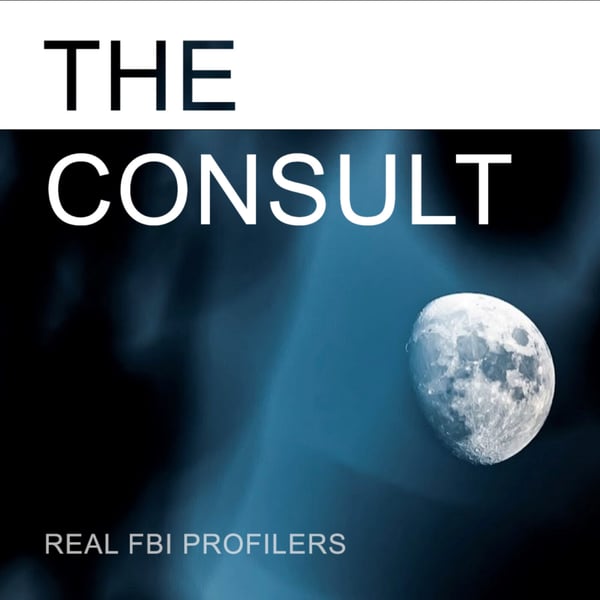The Twilight Rapist - Part 2
The Consult: Real FBI Profilers
PodcastOne
4.8 • 1K Ratings
🗓️ 11 December 2021
⏱️ 36 minutes
🧾️ Download transcript
Summary
Transcript
Click on a timestamp to play from that location
| 0:00.0 | In the consult, we discuss cases that are violent and sexually violent in nature. |
| 0:06.0 | Listener discretion is advised. Welcome to the consult. I'm Julia Cowley, retired FBI agent and profiler, and former |
| 0:43.4 | special agent forensic scientist with the Tennessee Bureau of Investigation. Today I'm once again |
| 0:49.9 | joined by retired FBI profiler's Angela Serser, Susan Costler Drew, and Bob Drew, and we'll be |
| 0:56.9 | continuing our discussion of the Twilight Rapist case. Now let's go over the victimology. |
| 1:04.2 | An individual's personality and lifestyle will affect their chances of becoming a victim of a violent |
| 1:09.2 | crime and will also determine how they will react when confronted by a violent offender. |
| 1:14.6 | Their actions may affect the activity of the offender and the eventual outcome of the violent confrontation. |
| 1:21.8 | Susan, do you want to tell us a little bit about these victims collectively? |
| 1:26.4 | Sure. All of these ladies would have been described as what we would |
| 1:32.6 | consider to be low risk. One of the things that when we're looking at victimology, actually three |
| 1:37.7 | things, basic things we're looking at is availability, vulnerability, and desirability. |
| 1:44.8 | One of the things that affects his vulnerability is the actions of the lifestyle of the victim |
| 1:52.2 | that could potentially put them at greater risk. |
| 1:55.6 | In other words, if, just for an example, if a victim has a drug abuse problem, or if a victim is a sex worker, |
| 2:05.4 | or some other type of activity that could put them in contact with individuals who might want to |
| 2:11.9 | harm them, that that individual might be considered at a greater risk. In this case, all of these ladies had lived in |
| 2:20.8 | their communities for quite some time, were very well known. I believe all of them attended church. |
| 2:26.7 | They were well thought of, but they were also all either had been single their entire life or were |
| 2:33.5 | widowed. And so we're living alone. |
| 2:36.0 | So in this case, although their risk factor was low as far as their lifestyles were concerned, |
| 2:44.0 | their vulnerability was probably greater enhanced by the fact that they lived by themselves. |
... |
Please login to see the full transcript.
Disclaimer: The podcast and artwork embedded on this page are from PodcastOne, and are the property of its owner and not affiliated with or endorsed by Tapesearch.
Generated transcripts are the property of PodcastOne and are distributed freely under the Fair Use doctrine. Transcripts generated by Tapesearch are not guaranteed to be accurate.
Copyright © Tapesearch 2025.

